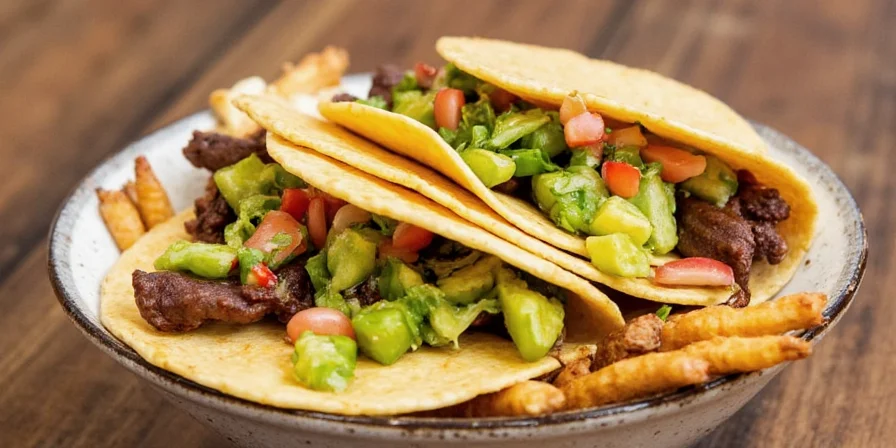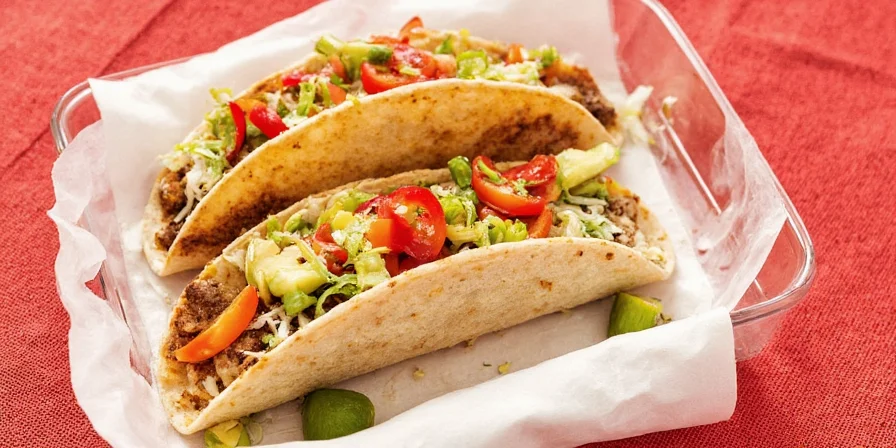5 Scorching Secrets of Mexican Dried Peppers You Need to Know
If you've ever bitten into a taco and felt your soul ignite, thank the unsung hero behind that heat: Mexican dried peppers. These little firecrackers aren't just about adding spice—they're about adding depth, complexity, and soul to your cooking. Whether you're a pro chef or a weekend griller, this list will give you the tools to wield these fiery flavor bombs like a true spice maestro.
Table of Contents
- Why Dried Peppers?
- The Top 5 Mexican Dried Peppers You Should Know
- Pro Tips for Using Dried Peppers Like a Local
- Debunking Common Myths About Heat Levels
- Spice Pairings: What Goes with Which Pepper?
- A Brief History of Mexico’s Most Iconic Spice
- Conclusion: Don’t Sleep on These Flavor Bombs
Why Dried Peppers? Because Fresh Is Just the Beginning
Let’s be real—fresh peppers are great, but they’re like the appetizer. Dried peppers? That’s the main course. They’ve got more concentrated flavors, longer shelf life, and when rehydrated or toasted, they unleash layers of smoky, earthy, fruity notes that fresh can’t even dream of matching.





The Top 5 Mexican Dried Peppers You Should Know
We’ve all heard of jalapeños, but those are just the tip of the iceberg. Let’s dive into the stars of the dried pepper show:
| Name | Heat Level (SHU) | Flavor Profile | Best For |
|---|---|---|---|
| Ancho | 1,000–2,000 | Earthy, sweet, raisin-like | Moles, stews |
| Guajillo | 2,500–5,000 | Fruity, tea-like, slightly tangy | Salsas, marinades |
| Pasilla | 2,500–4,000 | Grassy, dark berry tones | Complex sauces |
| Chipotle | 5,000–10,000 | Smoky, earthy, campfire vibes | Tamales, meats |
| Arbol | 15,000–30,000 | Sharp, bright heat with nutty undertones | Oil-based salsas, soups |
Pro Tips for Using Dried Peppers Like a Local
- Toast them gently: A dry skillet over medium heat brings out their essential oils and intensifies the flavor. But keep moving them—you don’t want them burning!
- Remove seeds for less heat: Most of the capsaicin lives in the seeds and veins. If you want flavor without face-melting fire, scoop 'em out.
- Rehydrate smartly: Soak in hot water or broth for 20–30 minutes. Want more flavor? Use orange juice or vinegar instead of water.
- Blend with purpose: Always blend with some of the soaking liquid to maintain body and richness in sauces and pastes.
- Store them like treasure: Keep dried peppers in airtight bags in a cool, dark place. They’ll last up to a year—but why wait when you could use them now?
Debunking Common Myths About Heat Levels
Think the spiciest pepper is always the most flavorful? Think again. Here's what people get wrong:
- Myth #1: Red = Hotter Than Green
Not necessarily! Color usually indicates ripeness, not heat. A ripe red jalapeño might actually be sweeter than a green one. - Myth #2: Bigger Peppers Are Always Milder
Nope. Size isn’t everything. Some small peppers (like Arbol) bring the fire like nobody’s business. - Myth #3: Capsaicin Makes You Sick
In normal culinary amounts, capsaicin is safe and may even boost metabolism and circulation. But if you're sensitive, wear gloves when handling hot peppers!
Spice Pairings: What Goes with Which Pepper?
Dried peppers are flavor powerhouses, but they shine brightest when paired right. Here’s a cheat sheet to match your peppers with ingredients like a pro:
| Pepper | Complementary Ingredients | Signature Dish Ideas |
|---|---|---|
| Ancho | Chocolate, cinnamon, pork | Mole poblano, tamales de elote |
| Guajillo | Lime, avocado, turkey | Rajas con crema, tinga de pollo |
| Pasilla | Tomatoes, garlic, almonds | Mole negro, chiles rellenos |
| Chipotle | Beans, bacon, corn | Adobo sauces, chipotle mashed potatoes |
| Arbol | Garlic, sesame, fish | Chili oil, seafood tacos, consommé |
A Brief History of Mexico’s Most Iconic Spice
The story of Mexican dried peppers starts long before Columbus arrived. Indigenous civilizations like the Aztecs and Mayans revered chili peppers—not just as food, but as medicine, currency, and spiritual offerings. The word “chili” comes from Nahuatl, the language of the Aztecs, and it was so valuable that it was used in tribute payments to rulers.
When Spanish explorers came across these fiery pods, they were shocked—and fascinated. They brought them back to Europe, where chilies spread like wildfire across Asia and Africa, forever changing global cuisine. Today, Mexico remains a biodiversity hotspot for chilies, with over 60 native varieties still cultivated using traditional methods.
So next time you grind up some ancho for mole or toss guajillos into a pot of posole, remember—you’re not just seasoning food. You’re participating in centuries of culture, craft, and culinary rebellion.
Conclusion: Don’t Sleep on These Flavor Bombs
Mexican dried peppers are far more than just heat—they’re history, personality, and depth on a plate. With a bit of knowledge and a dash of curiosity, you can unlock incredible flavors and impress anyone at your table. From mild to wild, there’s a dried pepper out there for every palate.
So go ahead. Toast a few, blend a sauce, and maybe—just maybe—skip the Tabasco forever. You’ve been upgraded to the big leagues.











 浙公网安备
33010002000092号
浙公网安备
33010002000092号 浙B2-20120091-4
浙B2-20120091-4